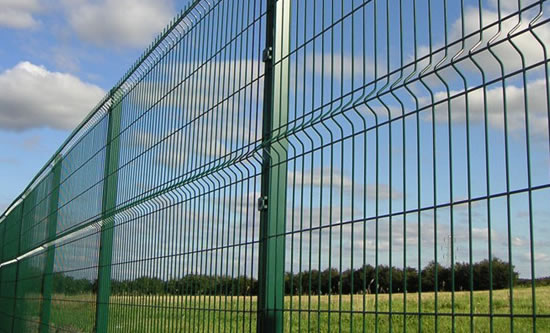NEWS
The Fences Between Us
Hot:Loading... Date:2018-09-06
The Fences Between Us
Behold the humble barbed-wire fence, the five-strand sentinel of Texas woods and plains. Untold thousands of miles of barbed-wire fence divide the state, so ubiquitous outside the city centers that while you’re speeding along the interstate, they almost go unnoticed. Fewer than 150 years ago, Texas was a place largely without fences. The land was without boundary or barrier. Animals and people could roam unfettered from horizon to horizon. The sky touched the ground.
Texas evolved as an open-range state, meaning that livestock owners were under no obligation to secure their animals or prevent them from roaming. The cows, as it were, had the right of way, and the grass and water were there for the legal and public taking. The nonindigenous folks who settled Texas initially lived with their livestock loose and kept it out of gardens or crops by using wood fences or stacked rock, or even prickly hedges. West Texas, however, does not have an abundance of wood, and as the frontier pushed farther west, solving the issue of hemming in one’s livestock, or hemming out someone else’s, became pressing. “It is not too much to say that in the middle and later years of the decade 1870-1880, the questions pertaining to fencing occupied more space in the public prints in the prairie and Plains states than any other issue—political, military or economic,” Walter Prescott Webb wrote in The Great Plains.
A commercially viable patent for barbed wire was granted in 1874, and with that, the manner in which livestock was raised and the settlement of the country forever changed. Barbed wire fragmented and demarcated the land. It disrupted the culture and movement of Native Americans and the buffalo they depended on. It ended the storied cattle drives and prompted a period of fierce, bloody disputes over land use, ownership, and fence cutting. As Texas grew more populated with both people and domestic animals, the notion of a closed range took hold, in which landowners were required to keep their own livestock on their own property, secured by a fence.
In the 1910s and 1920s, individual counties started to vote on whether they wanted to be open range or closed range. There’s no complete listing of Texas counties, or partial counties, that are open or closed, and even now the classifications aren’t always clear. Closed range is mandated around state and federal highways, but open range can exist on farm-to-market roads. Domestic turkeys are generally allowed to free-range, but not everywhere. Hogs may free-range during late fall and early winter, so long as county voters approve. Back in 1918, the good citizens of Fannin County voted to prohibit horses, mules, jacks and jennets, and cattle from running at large. As an afterthought, they decided in a second election to likewise prohibit free-ranging hogs, sheep, and goats. But was it really closed range? Ninety-nine years later, the county’s range status remained murky enough that the local district attorney formally sought an attorney general opinion on the matter. “In what has recently become an annual Fannin County tradition, this office has been repeatedly asked whether Fannin County is currently an open- or closed-range county,” he wrote. The AG’s response: closed.
There are still places in Texas that have doggedly remained open range, such as areas within Presidio and Jeff Davis counties, where the fences fall away and drivers must watch out for the cattle that wander unencumbered on the road. Mostly, though, mile upon mile of barbed wire crisscrosses the state, having been legislated, litigated, surveyed, and fought over, and much of it was strung by laborers now gone for many decades. “These old cedar post fences—some of them have been here since they first fenced this country, at least one hundred years,” says Jack Wood, who has run a fencing crew out of Marfa since 1992. “Nowadays, our metal fences won’t burn up in a fire, and they’ll be here a long, long time too.”





 冀公安网备: 13012302000474号
冀公安网备: 13012302000474号